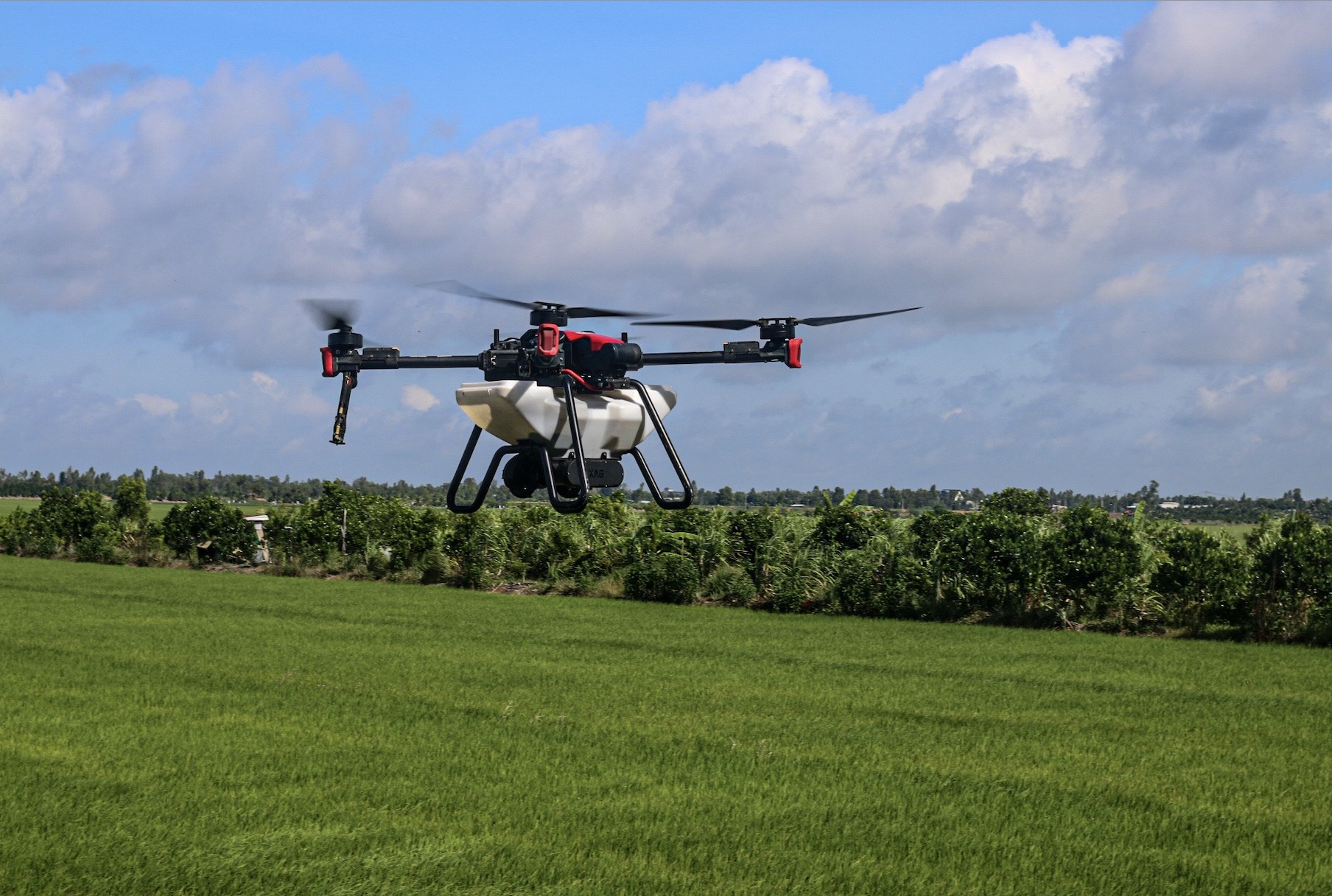Sure! Please provide the date you’d like me to rewrite in day month year format.
Revolutionizing Vietnamese Agriculture: The Rise of Drone Technology
Key Takeaways:
- Vietnam steps up as a vital rice exporter amid global supply challenges.
- The introduction of XAG’s innovative agricultural drone is transforming rice farming in Vietnam.
- Young farmers are embracing drone technology to enhance productivity and efficiency.
- Advantages include reduced input waste, higher yields, and lower production costs.
As the global food supply faces uncertainties, Vietnam emerges as a crucial player in meeting the world’s rising rice demand. Recently, the country’s rice farmers are increasingly adopting drone technology, which has been on the scene for years but only recently gained traction among the farming community.
Central to this transformation is the release of XAG’s large-capacity P100 agricultural drone, which has significantly boosted rice production in Vietnam. Its impact has been particularly felt in the Mekong Delta, where an influx of tech-savvy rural youth is challenging traditional farming methods and embracing this cutting-edge technology.

Drone pilots in action
One of the early adopters of this technology is Le Quoc Trung, a 35-year-old entrepreneur in Dong Thap Province. Since July, he has dedicated himself to training farmers on the operation of the XAG drone, while also managing a business focused on drone sales and services. As the winter-spring rice season approaches, Le tirelessly demonstrates the benefits of drone-assisted farming to local cooperatives and family farms.
Traditionally, many Vietnamese farmers faced challenges such as inaccurately calculating the required amount of inputs or unevenly distributing them in their fields. Manual labor was the norm for rice planting, requiring farmers to walk through muddy paddies to disperse seeds by hand, a method known for its inefficiency and imprecision that also contributed to higher production costs due to seed wastage.
Nguyen Van Dung, who operates a 4-hectare rice farm, collaborated with Le to integrate the XAG drone into his farming practices. Faced with rising labor costs and soaring fertilizer prices, Nguyen found traditional rice farming increasingly unprofitable. Consequently, he decided to invest in drone services for pesticide application, manure spreading, and seed broadcasting.

XAG P100 in action
At Nguyen’s farm, Le closely monitored an XAG P100 drone that was prepared for fertilizing his rice fields. After a few clicks on a smartphone app, the drone took off, automatically following a preset route to efficiently distribute fertilizers. According to Le, these advancements have led to a one-third reduction in seed usage and a 30% decrease in chemical applications.
Come harvest time, Nguyen observed a noteworthy increase in rice yield, soaring from 6,500 kg/ha to an impressive 8,800 kg/ha. “The P100 drone delivers excellent results because it facilitates prompt and accurate pest management,” Nguyen asserted. He reported a 13.5% increase in output while simultaneously reducing costs by 30%. “Incorporating this technology on my farm ensures high productivity and improved income,” he added.

Le Quoc Trung introducing the XAG P100 to local farmers
The XAG P100 features a unique detachable design that allows for swift switching between spraying and spreading tasks. With a 40 kg payload capacity, it can transport larger volumes of liquids or granules, making it highly suited to the needs of Vietnamese rice farmers. The advantages of this drone have led to a surge in sales and service orders since its introduction.
Since XAG launched its pioneering agricultural drone in China in 2015, Le has kept pace with advancements in agricultural technology and has become a key figure in promoting these innovations. Thanks to the enthusiasm of individuals like him, drones are set to reshape the landscape of Vietnamese agriculture, ensuring cleaner and safer food for global markets.


